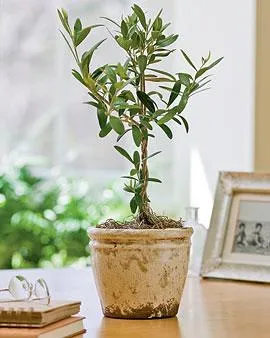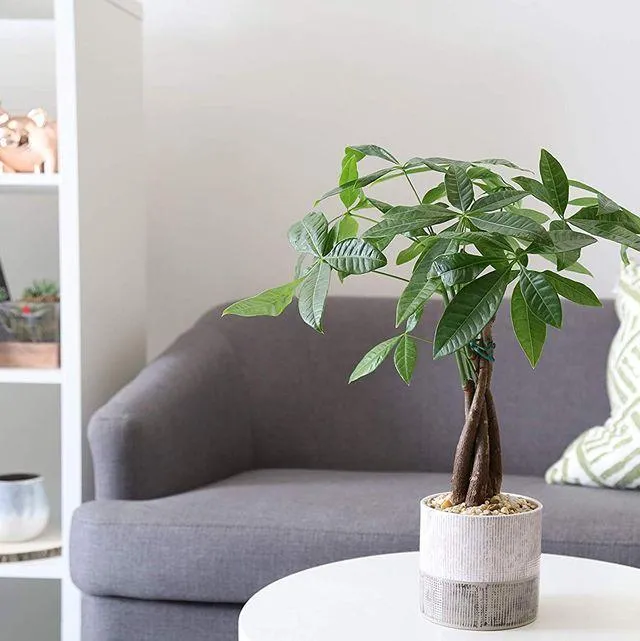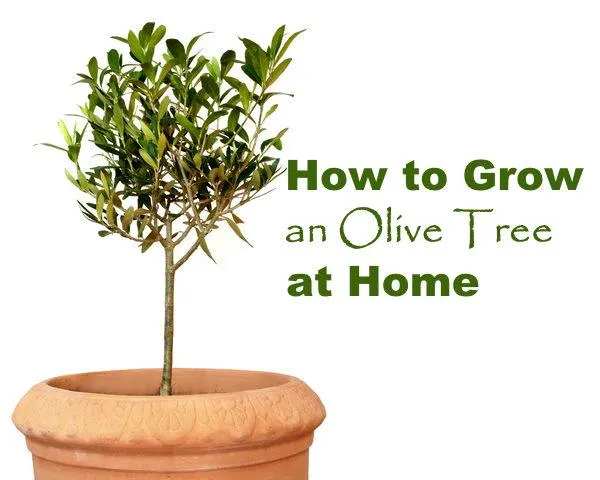
How to Grow Trees Indoors: Tips for Planting and Caring for House Trees
The Best Indoor Trees and How to Care for Them
If you love the idea of having greenery indoors but don’t have outdoor space for trees, indoor trees can provide a beautiful living element to your home. There are many options for trees that thrive under the confined conditions of indoor living. In this article, I’ll discuss the top indoor tree varieties and share tips for giving them the care they need to flourish inside.
Low Light Trees
- Snake Plants (Sansevieria trifasciata)
- Chinese Evergreens (Aglaonema species)
- Rubber Plants (Ficus elastica)
These trees are extremely tolerant of low light conditions, making them ideal if you don’t have a bright, sunny window. From my experience keeping indoor plants, snake plants and Chinese evergreens can survive with very little light. Rubber plants prefer a bit more brightness.
Here’s a real-life case – a snake plant I kept in my basement for over a year only received light from a small window, yet it thrived! It’s ability to withstand low light is amazing. These low light trees only need water every 1-2 weeks.
Medium Light Trees
- Jade Plants (Crassula ovata)
- Dwarf Date Palms (Phoenix roebelenii)
- Polyalthia Longifolia
Trees in this category do best with medium to bright indirect sunlight. My jade plant lived happily on a north-facing windowsill. It grew slowly but stayed healthy for years with average care. Dwarf date palms also did well there. They have a lush, tropical appearance that really lifts a space.
The Polyalthia Longifolia has beautiful glossy green leaves and an airy architectural shape. I’ve observed it prospering in offices receiving light from large east or west windows throughout the day. These medium light trees need water every 5-7 days.

High Light Trees
- Dwarf Umbrella Tree (Schefflera arboricola)
- Money Tree (Pachira aquatica)
- Weeping Fig (Ficus benjamina)
To thrive, these trees require very bright, indirect sunlight for at least 6 hours daily. South or west facing windows that receive afternoon sun work great. Basically, the more light the better for high light trees.
I know from experience that money trees really take off in bright areas – they can virtually double in size in a year! However, they’re finicky and drops leaves if light levels decrease. Weeping figs also do amazingly well in bright spots. These high light trees need water once every 7-10 days.
Now that you know which varieties prefer different light conditions, the next important factor is watering. Overwatering is kind of the worst, leading to root rot. Underwatering causes trees to drop leaves and look sad. Here are some watering tips:
– Feel the soil before watering. Water when the top inch is dry. Don’t water on a schedule.
– Use the drainage holes in the pots to allow excess water to escape.
– Group plants together based on their water needs to simplify care.
– Mist leaves weekly to increase humidity around trees like ficus.
Fertilizing indoor trees during the growing season, roughly spring through fall, provides nutrients to support healthy growth. I like to use a diluted liquid houseplant fertilizer once a month. Some trees, like money trees, appreciate an occasional fertilizing to boost their growth.

Pruning is also important to maintain shape and size. Trees like ficus, jade and rubber plants respond well to trimming. Experiment with pinching or pruning back branches to encourage bushiness. And finally, repot trees that become pot-bound in larger containers using well-draining soil.
With the right variety, sufficient light, careful watering and occasional fertilizing I’ve found many trees thrive for years indoors. Seeing their lush growth provides such a calming, restorative element in my home. I hope these tips help you discover low maintenance indoor trees to enhance your living space too! Let me know if you have any other plant questions.
Top Indoor Houseplants for Your Home
| Plant | Watering Needs | Light Needs | Height | Care Tips |
|---|---|---|---|---|
| Peace Lily | Water when soil is dry | Low to medium | 1-3 feet | Leaves droop when thirsty; bright indirect light |
| Pothos | Water when top soil is dry | Low to bright indirect | Up to 8 feet | Tolerates neglect; vine trails or climb |
| Snake Plant | Water every 2-4 weeks | Low to bright indirect | 1-4 feet | Very drought tolerant; remove dead leaves |
| Spider Plant | Water when top soil is dry | Medium to bright indirect | 1-3 feet | Produces plantlets; tolerates low light |
| Chinese Evergreen | Water when top soil is dry | Medium to low indirect | 2-6 feet | Beautiful foliage; keep soil slightly moist |
FAQ
-
What types of trees grow well indoors?
Common indoor trees that do pretty good include spider plants, pothos, aloe vera, Chinese evergreen, and dracaena. These plants are pretty tough and don’t need a ton of care.
-
How much light do indoor trees need?
Most indoor trees need medium to bright light. They shouldn’t be in super dark places or get too much intense sun. Put them near a sunny window and they’ll basically do alright. You can also supplement with grow lights if your home isn’t that bright.
-
What’s the best soil for indoor trees?
Most indoor trees do well in common houseplant potting mixes which are usually light and well-draining. Things like potting soil, orchid bark, or perlite work great. The key is choosing a soil that dries out somewhat between waterings so the roots don’t stay soggy. On the other hand, some cacti and succulents want really well-draining soil.

-
How often should indoor trees be watered?
Watering frequency for indoor trees varies a lot depending on the type of plant and growing conditions. The rule of thumb is when the top inch or two of soil is dry. You can stick your finger in to check moisture levels. Some trees like to be a bit drier than others between waterings. Nevertheless, it’s better to underwater than overwater, which can cause root rot.
-
How do you fertilize indoor trees?
Most indoor trees don’t need fertilizer very often, maybe a few times during the growing season. Commercial all-purpose liquid houseplant fertilizer works well when diluted as directed on the label. You can also use simple organic fertilizers like compost tea or compost. Fish emulsion plant food is quite popular too, though the smell puts some people off! Regardless of the fertilizer, less is more with indoor trees.
-
Do indoor trees need pruning or trimming?
Some indoor trees like ficuses and dracaenas may need occasional light pruning to shape them or keep them from getting leggy. This usually involves just snipping off extra long shoots or stems. On the other hand, trees such as bamboo palms tend to keep a naturally compact shape and rarely want pruning. Before cutting anything, check if the plant needs it or will be harmed. Playing it safe is best with indoor foliage.
-
How often should indoor trees be repotted?
Most houseplants only require repotting every couple years or so as their root systems fill up the existing pot. However, some fast growers may need it more frequently like every 1-2 years. Signs a tree is ready for a larger pot include circling roots on top of the soil, a pot that feels very crowded, or stunted growth. You can also wait until repotting time to divide crowded clumps of plants to control their size.
-
What common problems affect indoor trees?
Two big issues for indoor trees are overwatering, which can cause root rot, and underwatering, leading to dehydrated leaves. Pests like spider mites and scales can also infect plants. To prevent problems, check soil moisture regularly, use the right soil mix, Prune when needed, and keep foliage dusted. Growing healthy houseplants takes some effort but brings joy to any home. With a little TLC, your indoor trees should stay stunning!
